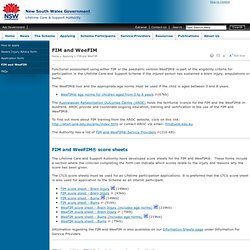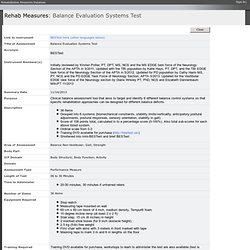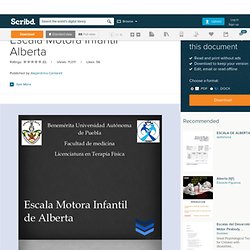

Hearing and Vision Loss Associated with Down Syndrome. Return to Archive Go to Summer 1998 Table of Contents.

Versión Español de este artículo (Spanish Version) by Kate Moss, Family Support Coordinator, TSBVI Deafblind Outreach Each year approximately 3,000 - 5,000 children are born with Down syndrome. (Pueschel) Most of us are familiar with this syndrome, but may not be aware that a large number of these children have vision and/or hearing loss. I certainly wasn't until I began to notice the number of children reported on the deafblind census with an etiology of Down syndrome. Physical characteristics associated with Down syndrome General physical characteristics Down syndrome is related to a specific type of a chromosome abnormality. Smaller stature along with slower development physically and mentally are typical of the child with Down syndrome.
Children with Down syndrome have distinct physical characteristics which are important primarily in helping physicians to make a clinical diagnosis. Hearing loss Vision loss Dr. Speaking and listening. FIM and WeeFIM. Functional assessment using either FIM or the paediatric version WeeFIM® is part of the eligibility criteria for participation in the Lifetime Care and Support Scheme if the injured person has sustained a brain injury, amputations or burns.

The WeeFIM® tool and the appropriate age norms must be used if the child is aged between 3 and 8 years. WeeFIM® age norms for children aged from 3 to 8 years (67kb) The Australasian Rehabilitation Outcomes Centre (AROC) holds the territorial licence for the FIM and the WeeFIM® in Australia. AROC provide and coordinate ongoing education, training and certification in the use of the FIM and WeeFIM®. To find out more about FIM training from the AROC website, click on this link: or contact AROC via email: fim@uow.edu.au. The Authority has a list of FIM and WeeFIM® Service Providers FIM and WeeFIM® score sheets The Lifetime Care and Support Authority have developed score sheets for the FIM and WeeFIM®. FIM and WeeFIM® training and credentialing. Rehab Measures - Balance Evaluation Systems Test. Duncan, R.

P., Leddy, A. L., et al. (2012). "Accuracy of fall prediction in Parkinson disease: six-month and 12-month prospective analyses. " Parkinsons Dis 2012: 237673. Find it on PubMed Duncan, R. Franchignoni, F., Horak, F., et al. (2010). Franchignoni, F., Horak, F., et al. (2010). Horak, F. Horak, F. Leddy, A. Leddy, A. Leddy, A. 035153. Tepsi...Completo. TEPSI. Una batería de prueba Una manual de administración Un protocolo u hoja de registroPara una adecuada administración es necesario que los examinadores dominenlos aspectos centrales de la teoría del desarrollo psíquico infantil relativo alperiodo preescolar, estén capacitados en el manejo de instrumentos deevaluación y tengan experiencia con niños de corta edad.La administración del test debe efectuarse en forma idéntica a la señalada enel manual de administración.

No deben agregarse motivaciones adicionales ycomentarios.El test debe administrarse completo a cada niño y en el orden estipulado,comenzando con el ítem 1 del subtest de coordinación, y terminando con elnúmero 12 del subtest de motricidad. Estandarización del Instrumento. Escala Motora Infantil Alberta. Escala Motora Infantil Alberta (AIMS)Introducción En las valoraciones que se aplican a los niños con factores de alto riesgoneurológico, se encuentra la Escala Motora Infantil Alberta (AIMS) .

Suimportancia radica, en que a través de la AIMS, podemos dar seguimiento aldesarrollo motor grueso en bebés con factores de riesgo neurológico e intervenirde manera oportuna (con la estimulación temprana), ante una desviación deldesarrollo motor normal en estos niños. Recién nacido de alto riesgo neurológico Con los avances tecnológicos y científicos en medicina se ha logrado disminuir lamuerte materno-infantil en el momento del parto. El concepto de niño de riesgo neurológico, es un niño “normal”, que por sus antecedentes prenatales, perinatales o posnatales tiene mayor probabilidadestadística de presentar déficit neurológico motor, sensorial o cognitivo. . Versidadde San Diego, CA, el límite de viabilidad para la supervivencia son, los prematurosde 23 semanas de gestación. " Confiabilidad interevaluador’ de la Escala Motora Infantil de Alberta en niños de término y pretérmino de la provincia de Talca - Chile. Intrumentos-de-evaluacion.